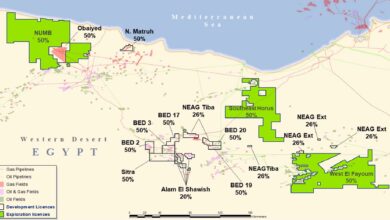NSTA: Operators have regulatory duty to decommission wells

The North Sea Transition Authority (NSTA) reported a backlog of more than 500 wells that missed their decommissioning deadline, and the figure could grow considerably – with in excess of 1,000 additional wells expected to be due for decommissioning between 2026 and 2030 – per its Decommissioning Cost and Performance Update.
By law, operators must decommission oil and gas infrastructure, including permanently inactive wells. Some companies are showing good performance in meeting their regulatory duty to decommission wells that have permanently stopped producing. However, not all operators have been awarding well decommissioning contracts quickly enough or on a sufficient scale, compelling rig owners to look for opportunities overseas in hope of securing longer deals and at higher day rates than in the UK.
Wells are decommissioned in stages as different types of vessels and equipment are needed to carry out specific jobs. In 2024, operators carried out some form of decommissioning work on 223 wells, progressing 103 of those to final abandonment status. However, about 300 need to be fully decommissioned annually to clear the existing backlog and the 1,000 additional wells which are due to become inactive by 2030.
The NSTA has developed an initial plan to show operators how well decommissioning activities could be sequenced in the hopes that the industry will use this information to set up well decommissioning campaigns, which involve multiple operators and fields and have been shown to save time and money. This initiative builds on the NSTA’s ongoing efforts to create value by making large volumes of data available.
The authority has provided clear guidance and expectations around the importance of decommissioning wells in a timely and cost-efficient manner. In addition to opening investigations into missed deadlines, the NSTA has consulted on proposals to increase the transparency of operators’ well decommissioning performance.




